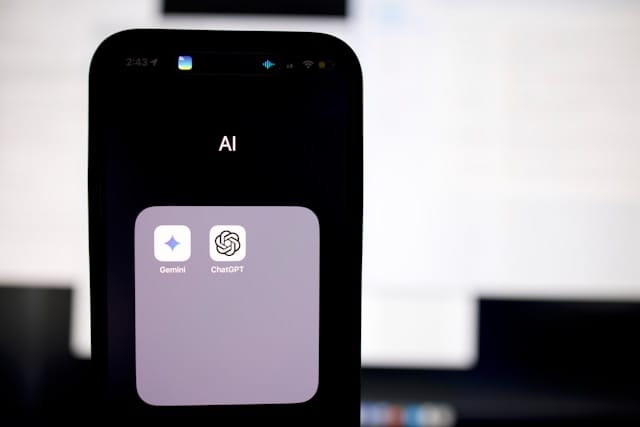Andrew Yang says AI is replacing Biglaw juniors, sparking fears of malpractice, not progress
Andrew Yang, former Biglaw associate turned tech prophet, has sounded a grim alarm for junior lawyers—AI is here, and it’s replacing entry-level associates. But not everyone’s buying it, and some say the real winners might be malpractice lawyers cleaning up the mess.
In a recent tweet, Yang claimed a Biglaw partner boasted that AI can now “generate a motion in an hour” that’s better than what a junior associate might take a week to produce. Yang called it a sign of disruption. Critics called it delusional.
Legal commentator Joe Patrice didn’t hold back. “AI doesn’t generate a motion in an hour. It generates something that gets you sanctioned in minutes,” he wrote, mocking the idea that generative AI is remotely ready to handle complex legal work without human oversight.
Embed from Getty ImagesTo be fair, AI has certainly changed the landscape. Document review, first-draft generation, and summarisation tasks can now be accelerated dramatically with tools like Harvey, CoCounsel, and others. But automation isn’t the same as elimination.
Most of the tasks AI is speeding up had already been stripped from traditional associate workflows years ago, outsourced to contract attorneys or offshored. The AI revolution might be taking over those crumbs, but it’s hardly consuming the whole pie.
What’s more, the assertion that AI produces “better” work ignores the reality of current tools. Even top-tier systems hallucinate cases, fabricate citations, and fumble nuance. When AI goes unchecked—especially by senior lawyers eager to cut costs—it creates risk, not brilliance. And courts are noticing.
Yang’s tweet hints at a broader misunderstanding of how law firms operate. Generative AI might draft a section of a brief or conduct legal research faster, but those outputs still require careful review, refinement, and human judgment. And that job still lands on the junior associate’s desk.
In reality, most associates are already learning to integrate AI tools into their workflows. They’re using them to get through tasks quicker—not get replaced. If anything, the pressure point isn’t technology itself, but efficiency. If a junior lawyer can now do twice the work in half the time, firms might hire fewer of them. That’s not replacement—it’s reduction.
But the consequences of slashing too deeply are already surfacing. AI-generated filings riddled with fake cases have embarrassed firms and sparked judicial rebukes. And who handles those fallout moments? Malpractice lawyers.
If there’s a silver lining to this tech-fuelled upheaval, it’s for the litigators who’ll chase down the botched filings, the negligence claims, and the firms that relied too heavily on machines over minds.
While Yang continues to position himself as a prophet of automation, many legal professionals are urging restraint and realism. AI is a tool, not a replacement. And the real danger isn’t that it’s taking jobs—it’s that some leaders think it already has.
So should law students be scared? Perhaps. But not of AI
